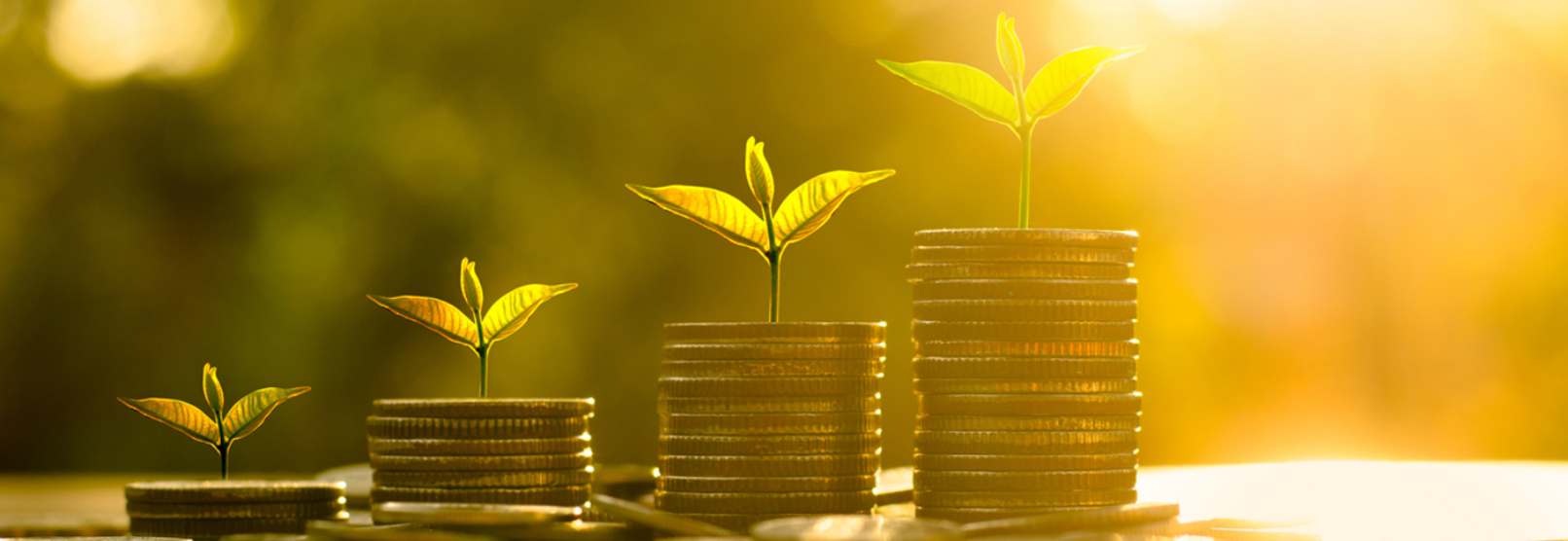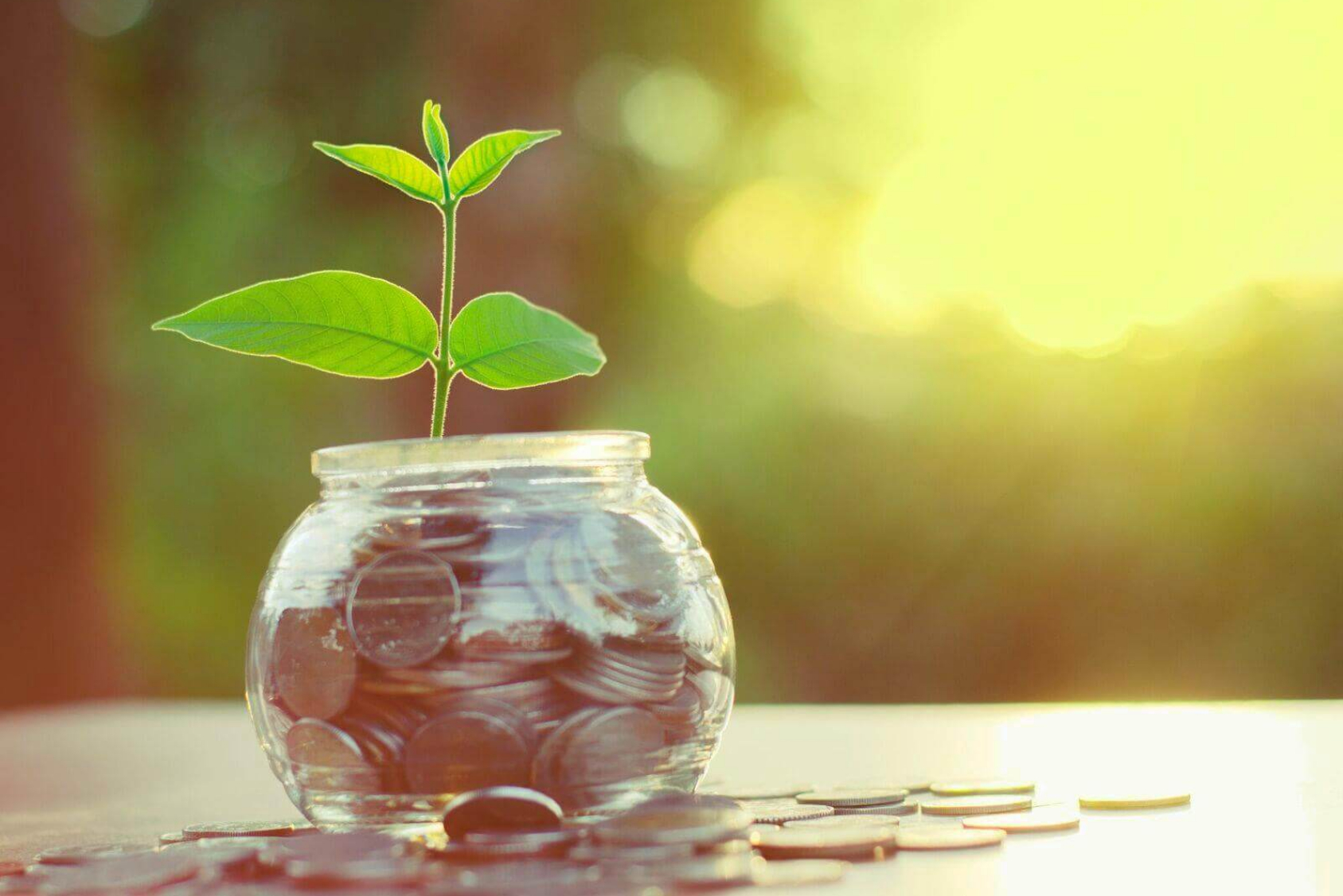
In this article we hand over to you a practical guide on how to correctly measure trading performance in the financial market.

Should a trader measure profits in Percentages, Risk/Reward (R), or Pips/Points?
In this article today, we will be treating one of the most apparent concepts: how to measure your profits and performance, respectively, when trading and investing in the financial market. However, although this concept seems obvious, experience has it that many forex, futures, and stock traders measure their profits and loss using an exclusively wrong approach. But then, we can’t really fault them for this. The thing is, the information that is being spread across the net, by brokers, and even in many guides aren’t actually as professional as most traders and investors think they are as regards measuring their trading performances and risk management.
Consequently, today, we, as an online trading academy, will be handing over to you a practical and realistic lesson on how to correctly measure risk management and trading performance in the financial market. And we are more than sure that you might not have heard or read what we are about to teach you elsewhere before now. Before you proceed anyways, you should know that this aspect is a very crucial and vital one if you really seek advancement in your trading and investing career. This justifies why you need to pay attention to anything and everything that is taught in this article.
If you have been following our articles for a while now, you should’ve found out that we as an online trading academy deal more with “swing trading” (what we call weekly and monthly income) and long term investment (what we call yearly income), and here also will be no different – and that is what we will teach you too. But why? Well, how you trade and invest in the trading arena has a great deal of influence on how you measure your profits. That is to say; there are designated methods of measuring one’s profit, all depending on how such a person trade. However, for swing traders and long term investors, there’s just one means of measuring profits (and loss too), and this way is inarguably the best out of the rest.
However, before we delve deep into how to measure rewards and risks when trading, why not let us treat all three basic ways of measuring your profits first? Great idea, right? So, briefly, we will be discussing each of the three, and will after that, explain the one professional forex, futures, and stock traders pay more attention to, and why.
The 3 basic means of measuring your profits when trading and investing in the financial market
1. The “2%” Method
In this method, a forex, futures, and stock trader chooses a particular percentage of their trading account to risk per trade (typically 2 or 3%), and ensure that they do not waiver from this percentage irrespective of what happens.
The ideology here is simple: if such a trader wins, their position-size will increase gradually naturally such that it is relative to the size of his or her trading account. However, in most cases, what happens is that these traders lose – for several reasons. Because of this, they find themselves stuck with trading smaller position sizes in allegiance to the 2% rule. And because of this, it is usually harder for such a trader to drift back to their points of entry, let alone make money!
2. Measuring Points or Pips
Here, a forex, futures, and stock trader diverts his or her focus more on points or pips that are lost or gained per each trade that such a trader makes. Due to the ridiculousness of this method, we are not going to spend so much time on it.
The thing is, it is no longer news that trading and investing is a profession wherein you either win or lose money, and not pips or points. This is yet another testament that this method whose gospel is to focus on pips and points is not too far from silly! Your central awareness should be your money and not points or pips, no matter what. This way, you will be able to have total control over your emotions, which means you are conscious of the fact that per the trade that you enter into, you are risking either pounds, yen, dollars and so on.
3. Measuring based on “R.” or Fixed $ Risk
In this method, a trader and investor predetermines the amount of money he or she can lose comfortably on every single trade, and therefore risk that same money on all of their trades until they decide to effect a change to it. The money they are risking, known as the dollar amount, is depicted as “R”, where R = risk.
Rewards are measured in the multiples of such risks that you take. Meaning for 2R, the reward should be twice the Risk, R, and so on. This method requires a considerable extent of discretion. But then, what actually separates the winners from losers is their unmatched guts and discretion. So, having this if you really want to be on the winning side shouldn’t be much of an issue. We wrote an entire article about Risk to Reward ratio. Please click HERE to get even more insights on that. Anyways, we will expatiate further on this, just keep reading…
Fact: Size Doesn’t Matter
The risk you take per trade isn’t something you rush into. Instead, you require careful and thoughtful execution. This is a personal-based issue, and thus must be taken personal, depending on such a trader’s financial position, circumstances, and entire risk profile.
For example, if a particular trader – say Trader A – risks just 2% out of the $5,000 account he operates, and yet another Trader – say Trader B – also invests the same percentage out of the $5,000 account he also runs, you should know that despite the same extent of risk taken, both trader’s life circumstances – finances, profile, etc., – are entirely different, according to the 2% rule.
Now, the big question is, why will two different persons risk the same percentage of their accounts when the exact money they risk out of that 2% may not or may actually make enough sense owing to their unique circumstances? We, as an online trading academy, don’t think that makes sense, or does it?
Basically, the 2% rule was designed actually to make sense and appear easy to beginners – newbies. We, as an online trading academy, do not think any professional trader will want to involve him or herself in this rule, except, of course, such a trader is ready to lose his or her money slowly. Without gainsaying, the 2% rule is more like a death sentence by “a thousand cuts.”
And this is enough testament that the $ Risk method makes more sense than others. At least, with this method, forex, futures, and stock traders are allocated different risk profiles, and also their circumstances play an important role in influencing how much they can risk comfortable per each trade they enter into. The 2% method of risk is merely a random number in terms of the dollar, which might or might not eventually make enough sense to traders who have unique finances and circumstances.
Besides, when trading forex, CFDs, and in most cases, also futures, the size of your account is truly arbitrary. This is because your trading account, in the simplest of languages, is a margin account with a primary function of just holding your deposits on a leveraged position. And for professional traders that understand this fact, you will realize that such traders do not put all of their trading funds in their trading account. That’s due to several reasons, especially because it is usually more lucrative to keep such money elsewhere.
However, you should know that the reflection of all the income you can trade with or your overall net worth doesn’t depend on how much you fund such a trading account. But then, you need also to know that in stock trading, you need to have more money in a deposit simply because stock trading doesn’t have so much leverage available for traders and investors. So, this implies that if you want to take control of stocks worth $100,000, then you need to have up to $100,000 in your account too. But forex and futures is better leveraged. In forex and futures, to control that said 100k – just a standard lot – you need roughly $2,000 – $3,000 in your account, and you are good to go!
The myth of compounding and the 2% Rule in an actively managed trading account
One reason why traders push the “2% money management rule” is because of the façade it puts forward – making people think it helps in increasing position size in an exponential manner. However, in reality, it is rubbish. Let us break that down for you…
Professional forex and futures traders often withdraw profits from their trading accounts – at least once every other month – and this causes their trading accounts to drop down to the “baseline level.” Therefore, making use of the 2% rule will not actually increase your position size forever. Or, is it possible that you won’t make any withdrawals forever? Of course, not! So, if you actually want to make real money from trading, then the fixed $ risk is the best for you!
Because, if trading is a business to derive revenue that we want to withdraw and spend, then compounding isn’t really what it seems to be then. Instead, it is dramatically impacted. The truth is, you are not expected to believe everything you hear or read on the net. In the real sense, no money or risk management model will allow you to compound your money forever. It is not valid!
However, by using either the % R or 2% rule, your position size would increase just as your account grows. But then, once you withdraw, boom, the size of your position takes an irrevocable hit, and you’re back to trading with meager amounts. The fixed $ risk model avoids such occurrences and keeps everything consistent and smooth.
Compounding only works in a retirement or wealth account where you trade and invest for yearly income. This is money you don’t touch for years and let it grow accordingly. This is where you really benefit from compounding interest. At our online trading academy, you learn both: how to actively manage your money in a trading account (weekly and monthly income) and how to build your wealth portfolio ( yearly income) from the profits you generated in your trading account. Bottom line we, as an online trading academy, help you to generate short term income and long term wealth.
If you want to read more about creating true wealth and the power of compounding in a wealth/retirement account please click HERE
How much is best to risk per trade?
So, by now, your mind might have been beclouded with questions like “how do I know the best amount to risk per trade.” Well, we know this, and we are here to answer you.
Actually, the answer to this question is less complicated than what you think. What we believe in is determining a dollar amount that you are most comfortable with even if you eventually lose the trade. And then, sticking to this amount till your account must have doubled or even tripled.
Overall, the amount to choose should satisfy the following:
- Any amount you choose should allow you to sleep soundly during the night time without having to worry about your trades or constantly checking on them via your device or gadgets.
- Any amount you risk shouldn’t affix you to the screen of your computer, making you emotional at every movement for or against your position.
- You should be able to forget about your trade for at least a day. And then, you shouldn’t be surprised by the outcome when you eventually check. That is to say, to be safer, you should think, set, and then forget the trade.
- For any dollar amount you are risking, as a buffer, you should be able to take at least ten losses consecutively without going financially broke or emotionally down-casted yet.
% Risk vs. Fixed $ Risk
In past lessons wherein we treated this topic, we have argued to sone reasonable extents, the fixed $ model against the 2% rule. However, let us discuss this briefly below too.
The main argument is that, although a 2% rule will help you grow your trading account, even relatively fast, it can’t maintain such growth. When such an account goes down, it is very daunting to bring it back to the position it previously maintained.
This is solely because when you make use of this Risk model, you are allowed to trade using fewer lot sizes when your account value is decreasing, and also, you can limit your losses too. It merely keeps your heads up in such a way that it is hard to fall out.
And this is why we say that the 2% rule results in a death sentence by a thousand cuts. You will keep losing slowly, gradually, and unknowingly, and your position size reduces after each loss. In the end, such an unfortunate trader loses confidence and most likely tends to over-trade.
In our online trading academy, what we believe is that this Risk model makes traders lazy. It makes traders take steps that they usually will not, and since they are now risking lesser money per each trade that they enter into, they no longer worry. It is typically human nature.
Conclusion
However, one thing that you ought to remember from this guide is that the most practical method for any trader to effectively measure trading performance or profits is through the Fixed risk or R model.
As much as we, as an online trading academy, do not recommend that our students make use of the 2% rule, we always recommend that you only risk the amount that you can lose comfortably. Remember, the truth is that no one really knows for sure which trade you will lose or win. So, it will be so foolish of you to jack up all of your trades on one particular trade just because you feel confident of winning. Summarily, if the amount you are risking is robbing you off sound sleep, then it is too much for you, tune it down!
Finally, remember that professional forex, futures, and stock traders have understood the influence of guts and discretion when gauging whether to enter into a specific trade or not. However, this can only be achieved through regular screen time and practice. That is to say; you need to spend some more time to develop your skills by trading using a demo account before you eventually go live. This way, you will be assured of your guts and discretion. Even though today’s lesson is on money management, you should remember that to become a successful trader; you need to have sound trading psychology as well as an excellent trading method.
If you want to learn more about professional trading and investing across multiple asset classes such as forex, futures, and stocks, please sign up HERE for free at our online trading academy www.onlinetradingcampus.com and get access to a free three-hour introductory course.
Happy trading!
Author Bio: Bernd Skorupinski teaches the undiluted truth about trading and investing at Online Trading Campus and takes you through what it takes to be a consistently successful trader. His favorite moment as a trading mentor is the way peoples’ eyes light up with excitement and confidence when they understand how Supply and Demand trading strategy works and how it can help win in the trading arena. He believes in building core values and discipline that ensures his students do not succumb to the pressures and temptations of the market. He very much believes in following plans and strategy through. If you want to know more about the author Bernd Skorupinski please read HERE





